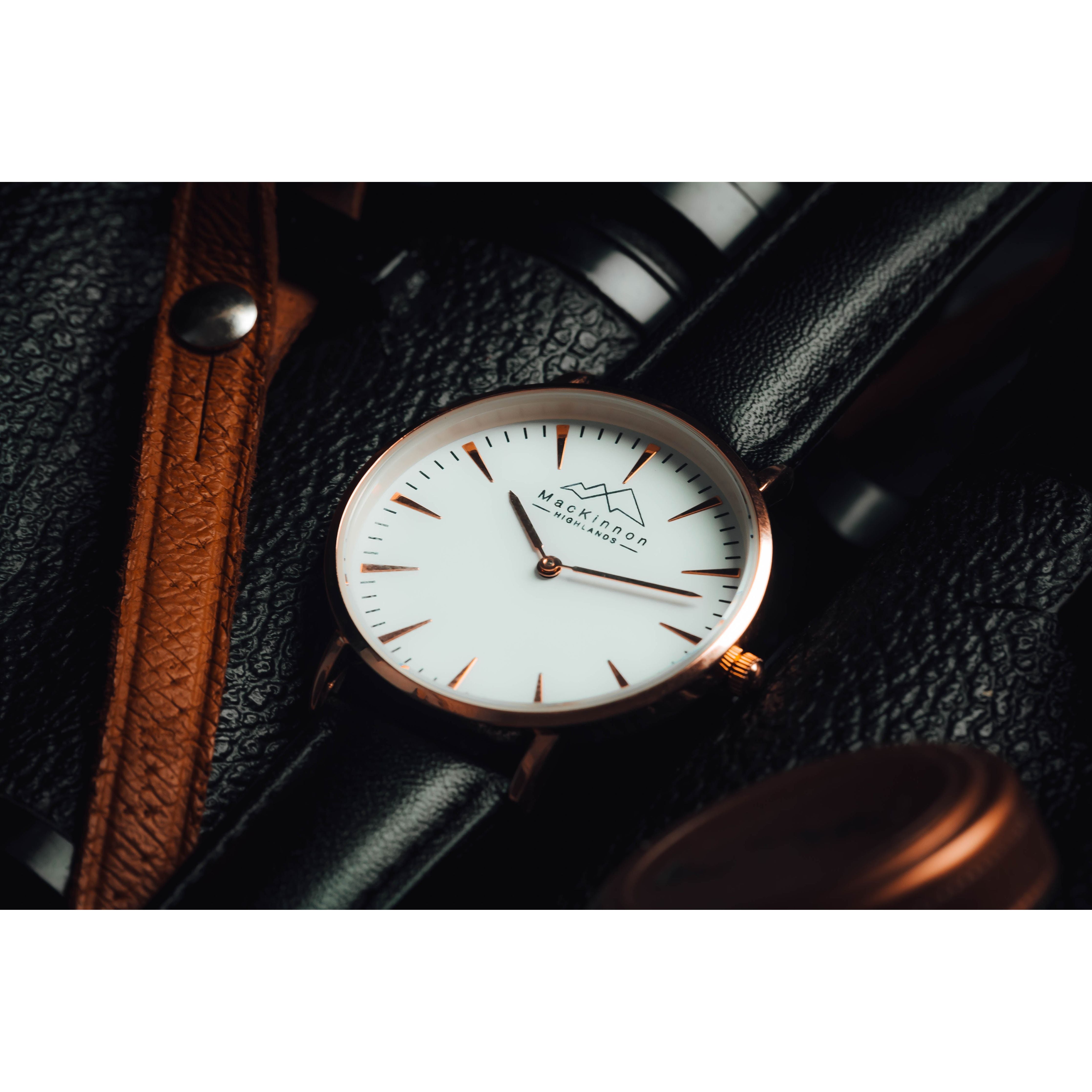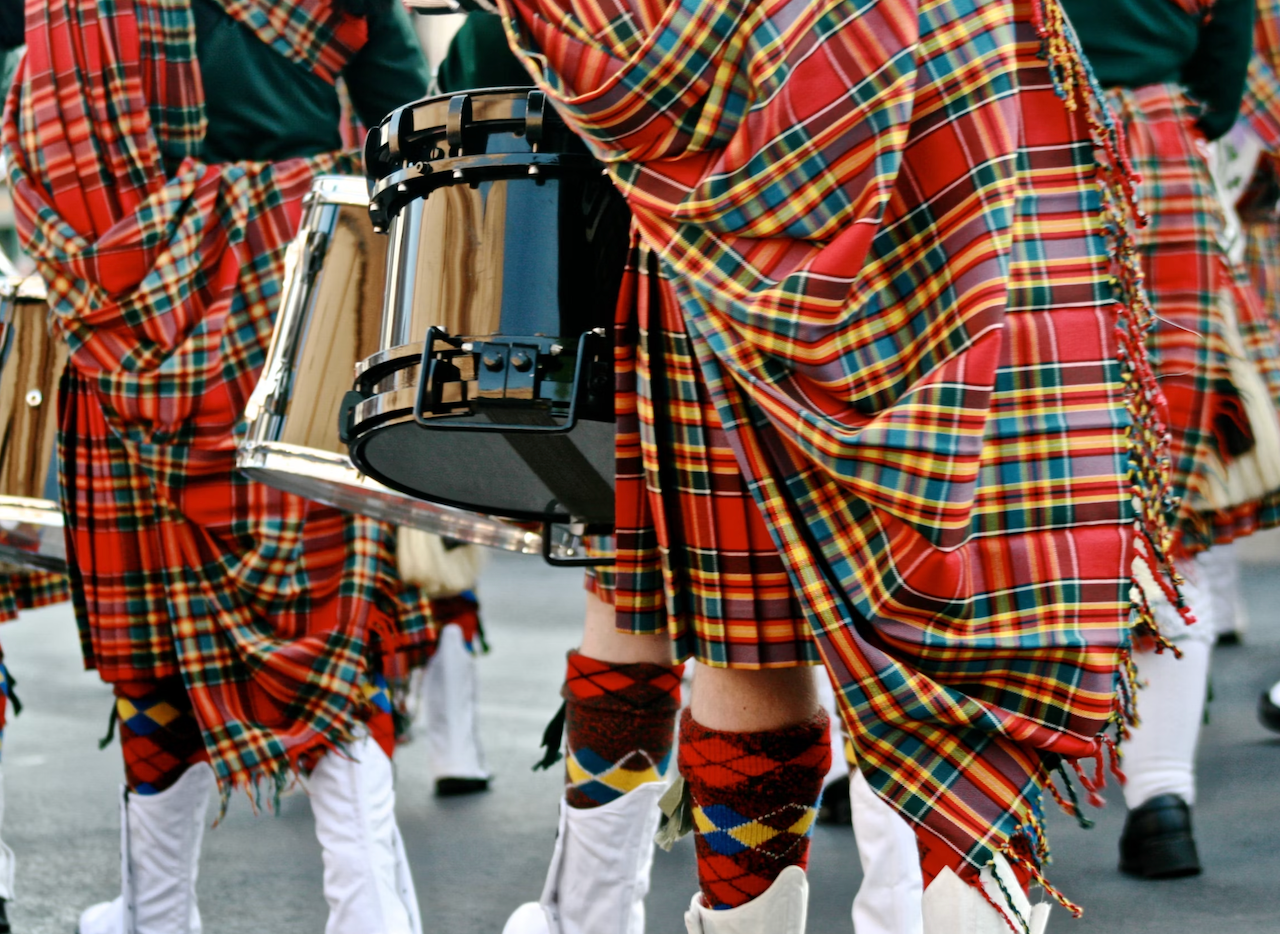Scottish Watchmaking and Industrialisation
The Industrial Revolution changed every aspect of Scottish life, including the watch trade. Mechanised tools and steam-powered workshops made it possible to produce components more quickly and with greater uniformity than ever before. This shift reduced costs and allowed a wider range of people to own timepieces.
Many traditional workshops began moving from purely hand-crafted pieces to an early form of mass production, where skilled artisans still assembled and finished watches but relied on machine-made parts. Imported components from England, Switzerland and France were increasingly integrated into Scottish assembly, blending local skill with international supply chains and creating a hybrid model of production.
The Decline and Shifts in the 20th Century
By the early 20th century, Scottish watchmaking faced intense competition from Swiss and American manufacturers who offered highly accurate watches at scale. This global pressure, combined with changing consumer tastes, led to the closure of many independent Scottish workshops. While a few firms survived by specialising in niche markets, most turned to repair and restoration rather than manufacturing new pieces. This period marked a dramatic contraction of the industry, with skills and traditions increasingly passed down through smaller family-run businesses rather than large city-based workshops.

Tartan, Heritage and Modern Scottish Watch Brands
Despite the decline in traditional production, Scotland’s design identity found a new expression in the use of tartan and other national motifs. Tartan straps and dials became a way to connect timepieces with clan heritage and regional pride, reflecting a broader revival of interest in authentic, locally inspired products.
In recent decades a new generation of Scottish watch brands has emerged, combining contemporary movements with heritage design elements. MacKinnon Watches is part of this movement, blending authentic tartans sourced from Scottish mills with modern precision to create distinctive timepieces that carry forward the spirit of Scottish watchmaking.
The Future of Watchmaking in Scotland
Scottish watchmaking is experiencing a quiet renaissance. Small-batch, artisan and bespoke watchmakers are reappearing, producing limited runs that focus on quality rather than quantity. These makers draw on centuries of craft knowledge while adopting modern tools and techniques to achieve exceptional precision. Sustainability has also become a defining feature of the new era. Brands are experimenting with recycled or responsibly sourced materials, ethical supply chains and eco-initiatives such as planting a tree for every order. This approach blends environmental responsibility with traditional values. By combining classic Scottish design elements with modern movements and materials, the next generation of watchmakers is shaping a future that honours heritage while embracing innovation.
Why Scottish Heritage Matters in Today’s Watch Market
In an age of mass production, heritage carries a special weight. Watches are more than functional timekeepers; they are heirlooms tied to clan identity, family heritage and personal milestones. Global consumers increasingly seek authentic, story-driven products that connect them to a place, culture or tradition. Scottish watchmaking, with its deep history and distinctive motifs, meets that desire. MacKinnon Watches exemplifies this trend by fusing authentic tartans with precision engineering, creating timepieces that embody Scotland’s history while offering a contemporary style.
Conclusion
From early monastic clocks to the refined horology of the 18th century and the modern revival of tartan-inspired designs, Scotland’s watchmaking story is one of resilience and reinvention. Today’s Scottish brands continue that journey, bringing heritage craftsmanship into the present. Explore MacKinnon’s Tartan Watches Collection to experience this tradition for yourself. Discover authentic Scottish tartan watches today and wear a piece of history on your wrist.
Frequently Asked Questions
What is the history of watchmaking in Scotland?
Watchmaking in Scotland began with early clock installations in monasteries and civic buildings, expanded through 18th and 19th century workshops in cities like Edinburgh and Glasgow, and today is seeing a revival through small-batch and artisan brands.
Who were some notable Scottish watchmakers?
Famous names include David Ramsay, royal watchmaker to James VI and I, and James Ivory, known for his precision instruments. These and other craftsmen helped build Scotland’s reputation for quality horology.
Is watchmaking still active in Scotland today?
Yes. While mass production moved abroad, Scotland now hosts a growing number of boutique and bespoke watchmakers. Brands like MacKinnon Watches continue the tradition with tartan-inspired designs.
Why are tartans used in Scottish watches?
Tartan patterns represent clans, regions and family heritage. Incorporating tartan into watch straps and dials celebrates Scotland’s culture and offers a unique, meaningful design.
Are MacKinnon Watches made in Scotland?
MacKinnon Watches sources authentic tartans from Scottish mills and blends them with high-quality watch movements to create distinctive timepieces inspired by Scotland’s watchmaking legacy.
Why choose a Scottish tartan watch?
A Scottish tartan watch combines craftsmanship, authentic materials and a personal link to heritage. It makes a distinctive gift or keepsake that carries a story as well as a style.








Leave a comment
This site is protected by hCaptcha and the hCaptcha Privacy Policy and Terms of Service apply.